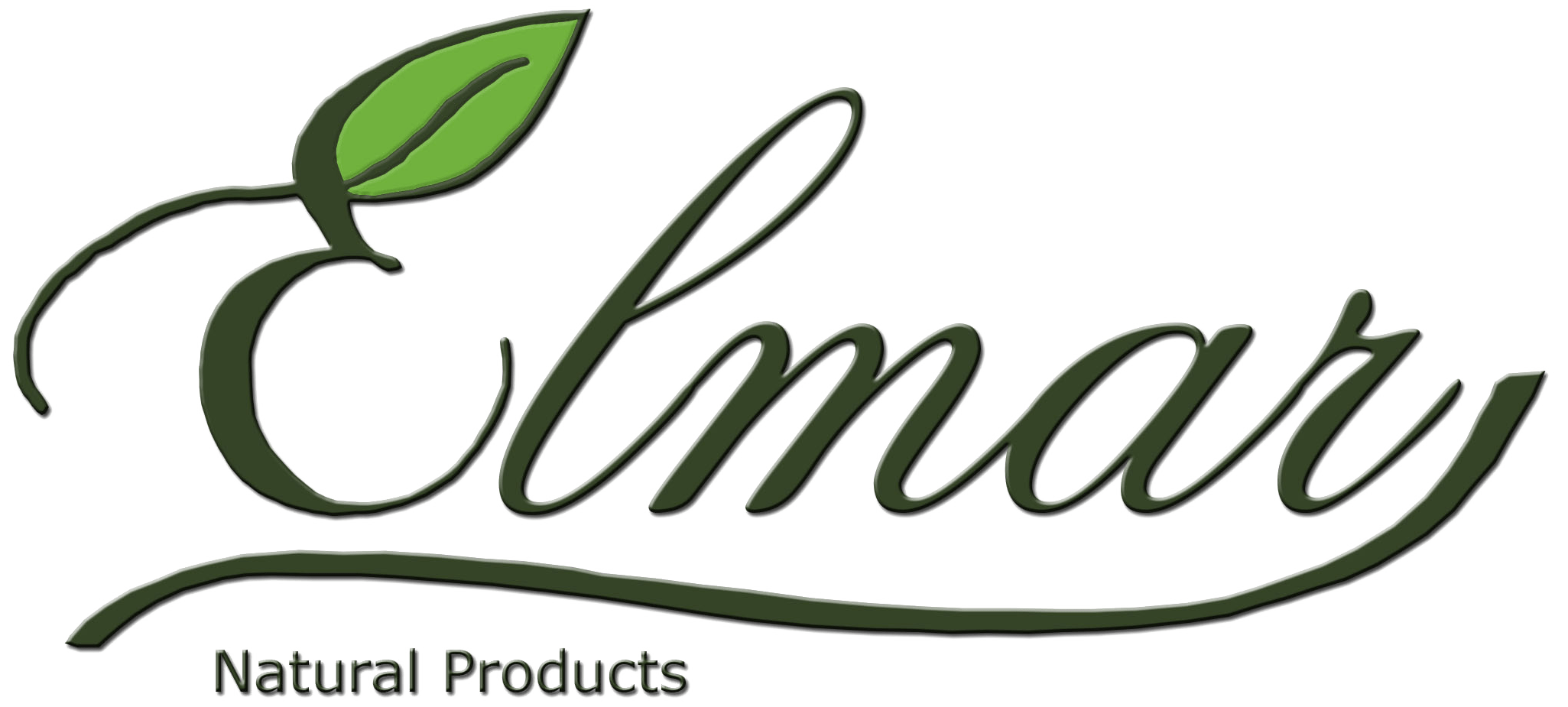Vietnam has a significant advantage over other countries with 500,000 hectares of various spice plants, around 400 enterprises, and hundreds of thousands of households participating in the production and export of these products.
According to statistics, Vietnam leads the world in the production and export of pepper and cinnamon. Notably, cardamom is the third most expensive spice in the world, following saffron and vanilla. Its prices sometimes reached up to 9 USD for 100 grams. Cardamom is a wild herb that grows naturally and is grown in several countries, such as Vietnam, Thailand, Laos, and South America. In Vietnam, the plant grows in high mountainous areas with a cool climate, such as Lao Cai and Cao Bang.
The cardamom plant is about 2–3 meters tall and lasts for many years. The roots grow along the ground, and the leaves grow in two rows. Its flowers are white and grow in clusters.

Cardamom exports reached over 15 million USD in the first half of the year.
Data from the Vietnam Pepper Association (VPAS) shows that in the first half of 2025, Vietnam exported 1,684 tons of white and black cardamom with a turnover of 15.3 million USD. Compared to the same period last year, the export volume increased by 8.4% and the turnover increased by 21.6%.
Nutmeg has the scientific name Myristica fragrans Hourt and belongs to the nutmeg family, Myristicaceae. This is a fruit from a woody tree, which can reach a height of 8–10 m and is green all year round.
With the humid tropical climate in the northern mountainous provinces and the Central Highlands, Vietnam could become one of the world’s leading suppliers of these two high-value products.
According to the Ministry of Agriculture and Rural Development, Vietnam’s production of cardamom and nutmeg reaches about 3,000–5,000 tons per year. A large portion is exported to India, China, the Middle East, and Europe. These markets have stable demand due to widespread applications in the cuisine, pharmaceutical, and cosmetics industries. Notably, the export price of cardamom ranges from 50 to 70 USD/kg, while nutmeg reaches 20 to 30 USD/kg, bringing high economic value to growers.
However, to fully take advantage of its potential, Vietnam needs to improve limitations in production scale, processing technology, and a global brand. Comprehensive solutions such as establishing standardized raw material zones, applying organic standards (EU Organic, USDA), and collaborating with exporters will help enhance the position in the international market.
With a systematic strategy for development, cardamom and nutmeg can completely become key export items, contributing to bringing Vietnamese agricultural products further on the global spice map.
